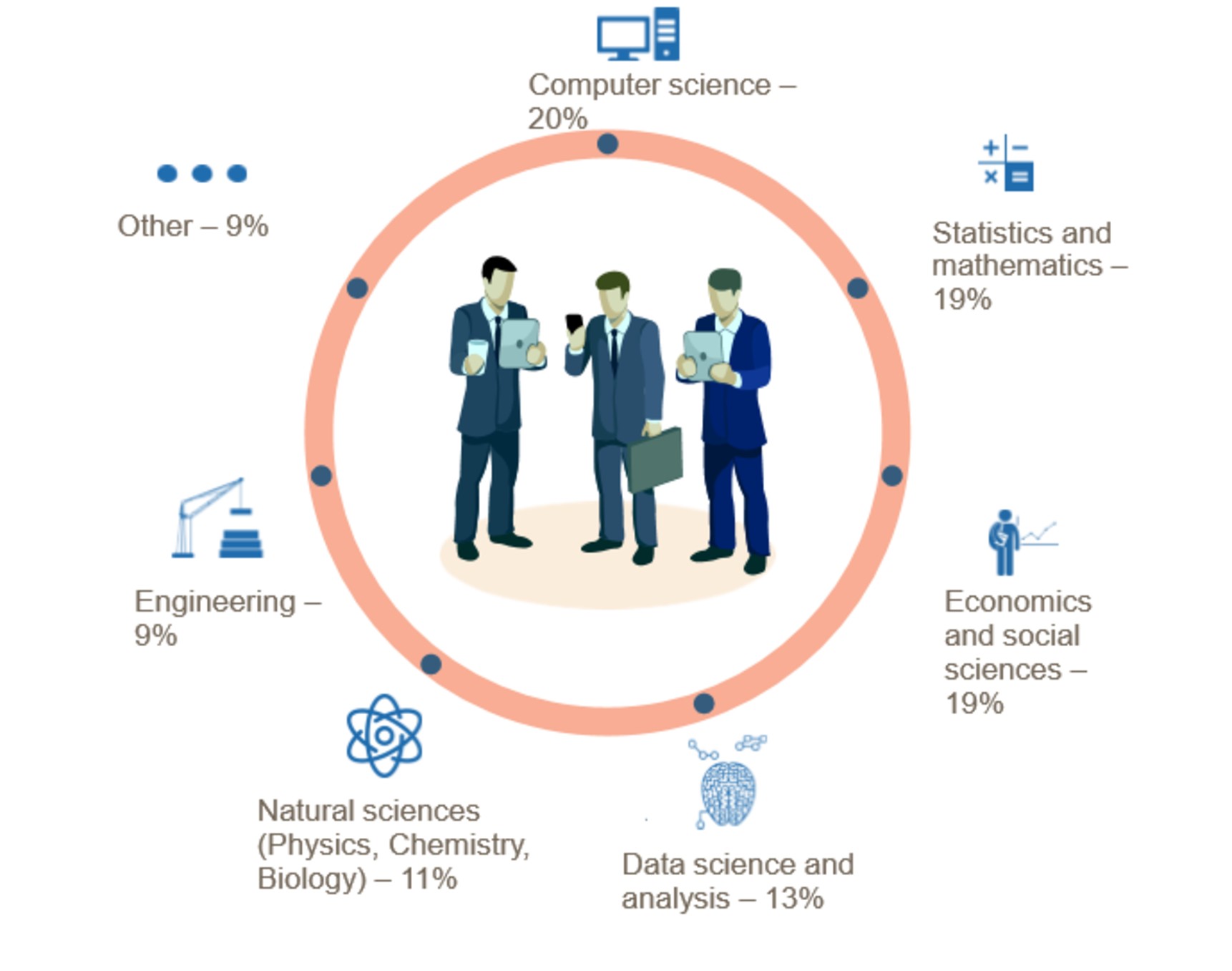
The Predictive Analytics with Python & R Certified Course equips learners with practical knowledge of statistical modeling, machine learning techniques, and advanced analytics using two of the most popular languages in data science — Python and R. You will gain hands-on experience in data preprocessing, building predictive models, validating performance, and deploying solutions for real-world decision-making in domains such as finance, healthcare, marketing, and operations.
Module 1: Introduction to Predictive Analytics What is Predictive Analytics? Applications in finance, healthcare, marketing, manufacturing, etc. Data-driven decision-making process Overview of Python and R for analytics.
Module 2: Data Exploration and Preparation Data collection and sources Data cleaning and preprocessing Handling missing values & outliers Data transformation and normalization Exploratory Data Analysis (EDA) with Python & R.
Module 3: Statistical Foundations Descriptive vs. inferential statistics Probability distributions Hypothesis testing Correlation & causation Feature selection and dimensionality reduction (PCA, LDA).
Module 4: Regression Models Simple and multiple linear regression Logistic regression Polynomial regression Model evaluation (RMSE, R², AUC, Precision, Recall) Implementation in Python (scikit-learn) & R.
Module 5: Machine Learning for Prediction Decision Trees & Random Forests Gradient Boosting (XGBoost, LightGBM) Support Vector Machines (SVM) k-Nearest Neighbors (k-NN) Model tuning and cross-validation.
Module 6: Time Series Forecasting Introduction to time series data AR, MA, ARIMA, SARIMA models Exponential smoothing methods Prophet (Facebook) model in Python & R Forecast accuracy measures.
Module 7: Advanced Predictive Techniques Ensemble learning techniques (bagging, boosting, stacking) Neural networks for predictive analytics Deep learning basics with Tensor Flow/Kera’s & R caret/koras packages Survival analysis and advanced regression techniques.
Module 8: Model Deployment and Interpretation Interpreting predictive models Model exploitability (SHAP, LIME) Deploying models with Flask (Python) & Shiny (R) Automating pipelines with Flow.
Module 9: Tools and Libraries Python: pandas, jumpy, Matplotlib, seaborn, sickie-learn, Statsmodels, tensor flow/Kera tidy verse, caret, forecast, random Forest, gillnet, ggplot2, koras.
Module 10: Industry Projects & Case Studies Predicting customer churn (Telecom/Banking) Fraud detection (Financial transactions) Sales forecasting (Retail) Predictive maintenance (Manufacturing/IoT)m Healthcare predictive analytics (Disease risk prediction).
Mobile: 9100348679
Email: coursedivine@gmail.com

You cannot copy content of this page